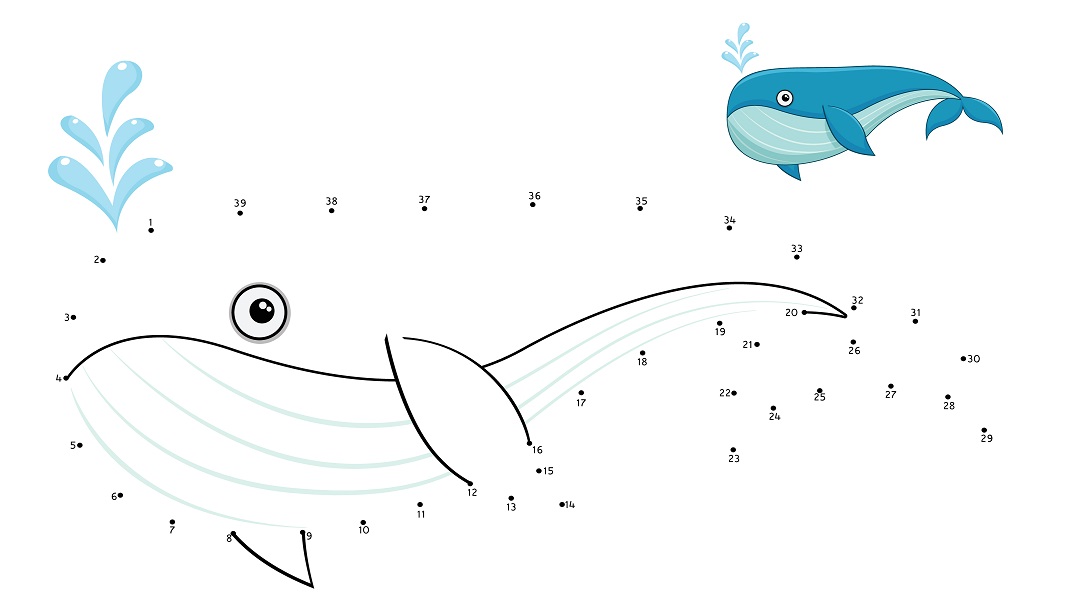When the Bough Breaks
The recent 'everything bubble' has taken its dear sweet time to collapse. Even though the S&P 500 remains down from its early 2022 peak, and 30-year Treasury bonds have lost over half their value since early 2020, the market has maintained the appearance of 'resilience.' Yet there need not be a proportional relationship between the size of the last grain of sand, the length of the last straw, or the weight of the landing butterfly, and the extent of the catastrophe they provoke.










